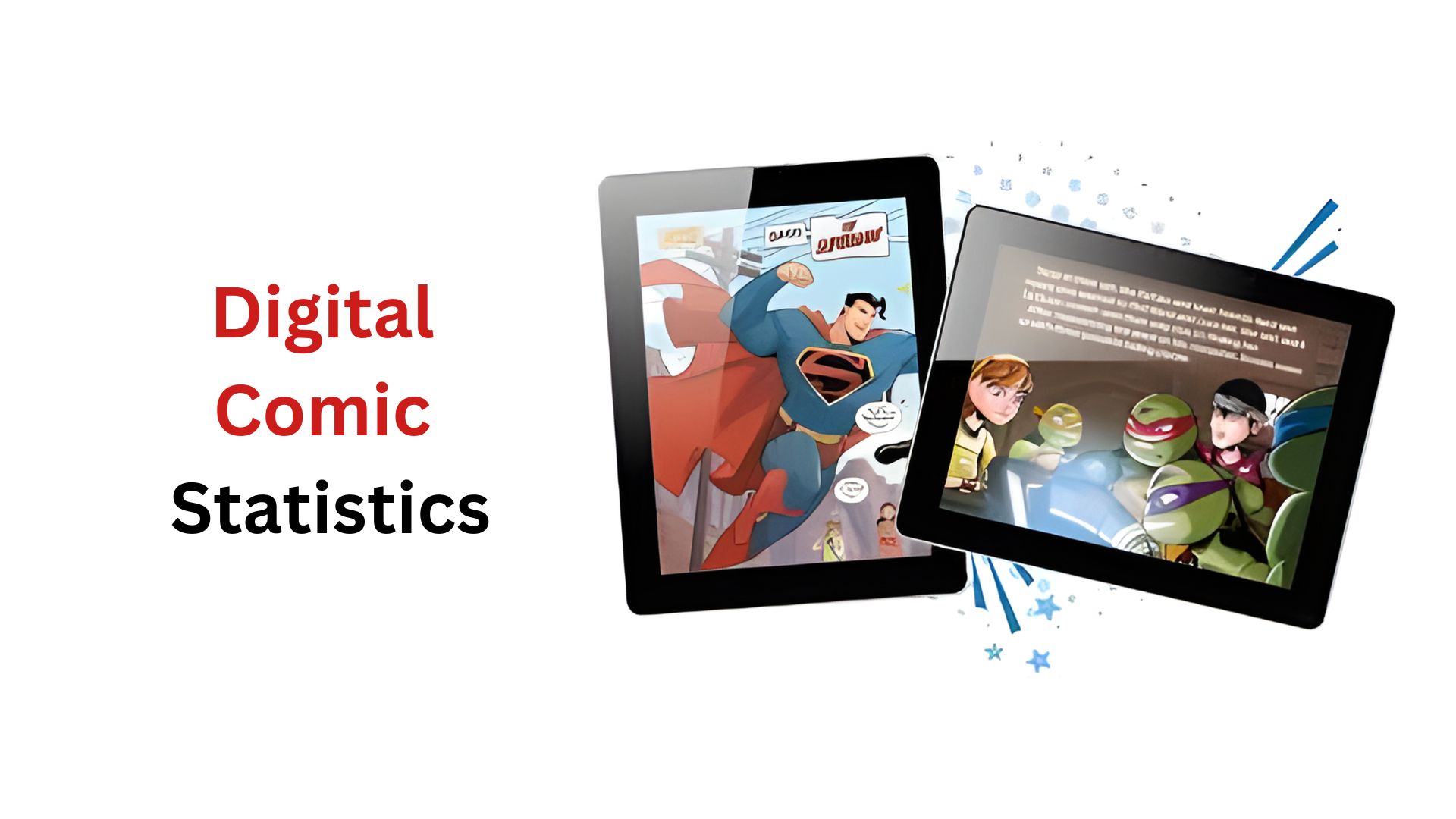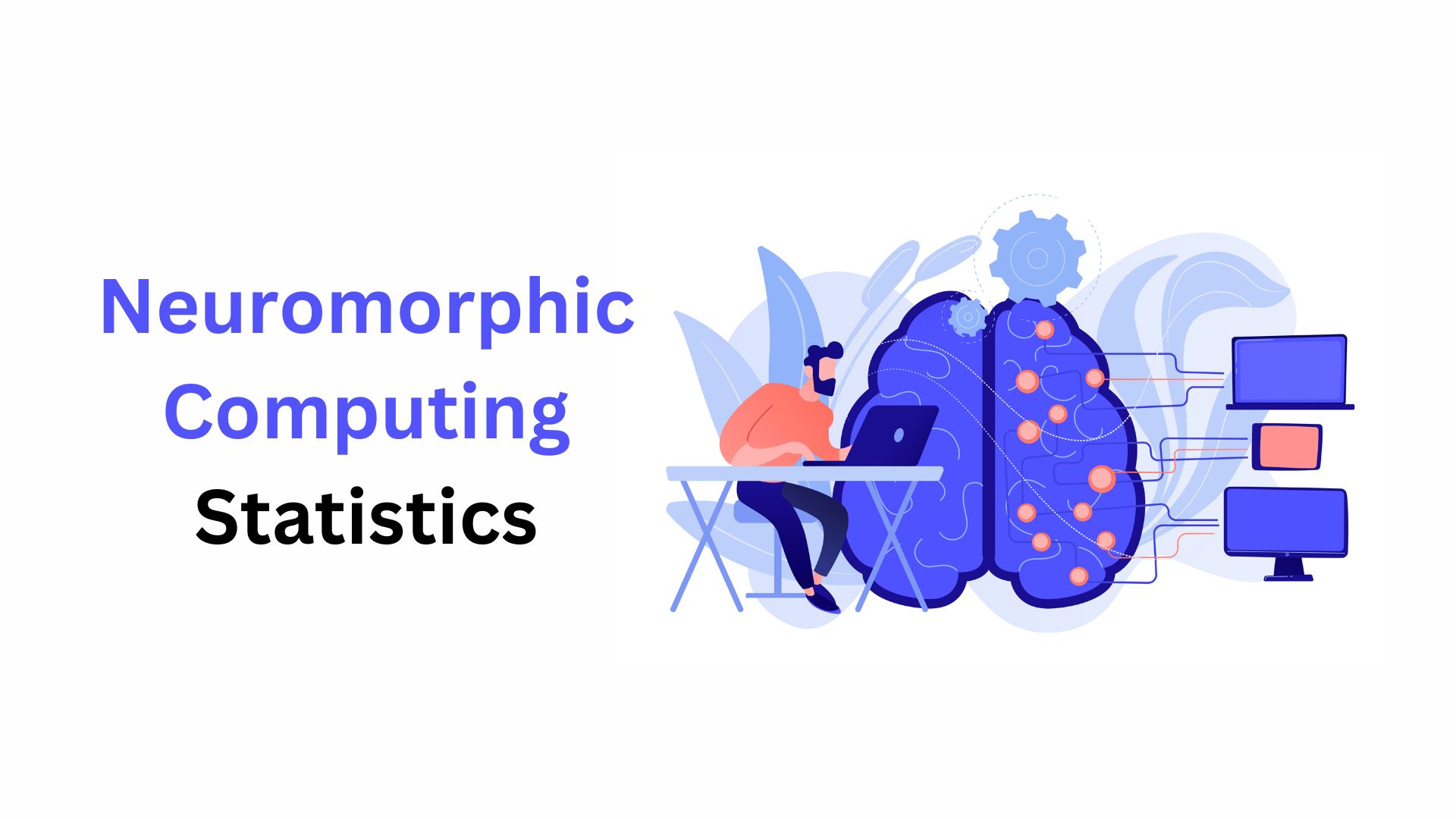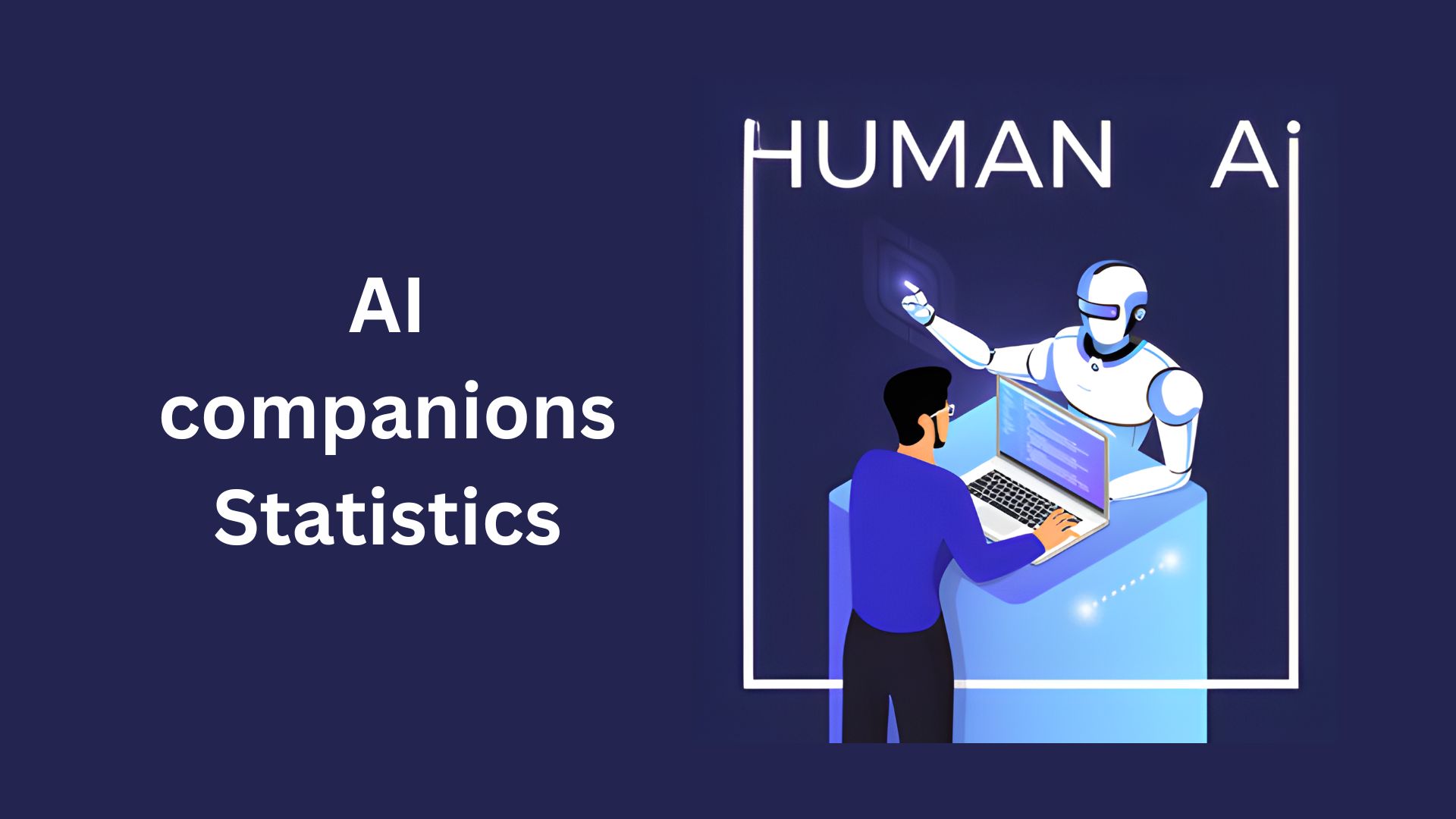Mind Mapping Statistics By Software, Tools and Trends (2025)
Updated · Sep 12, 2025
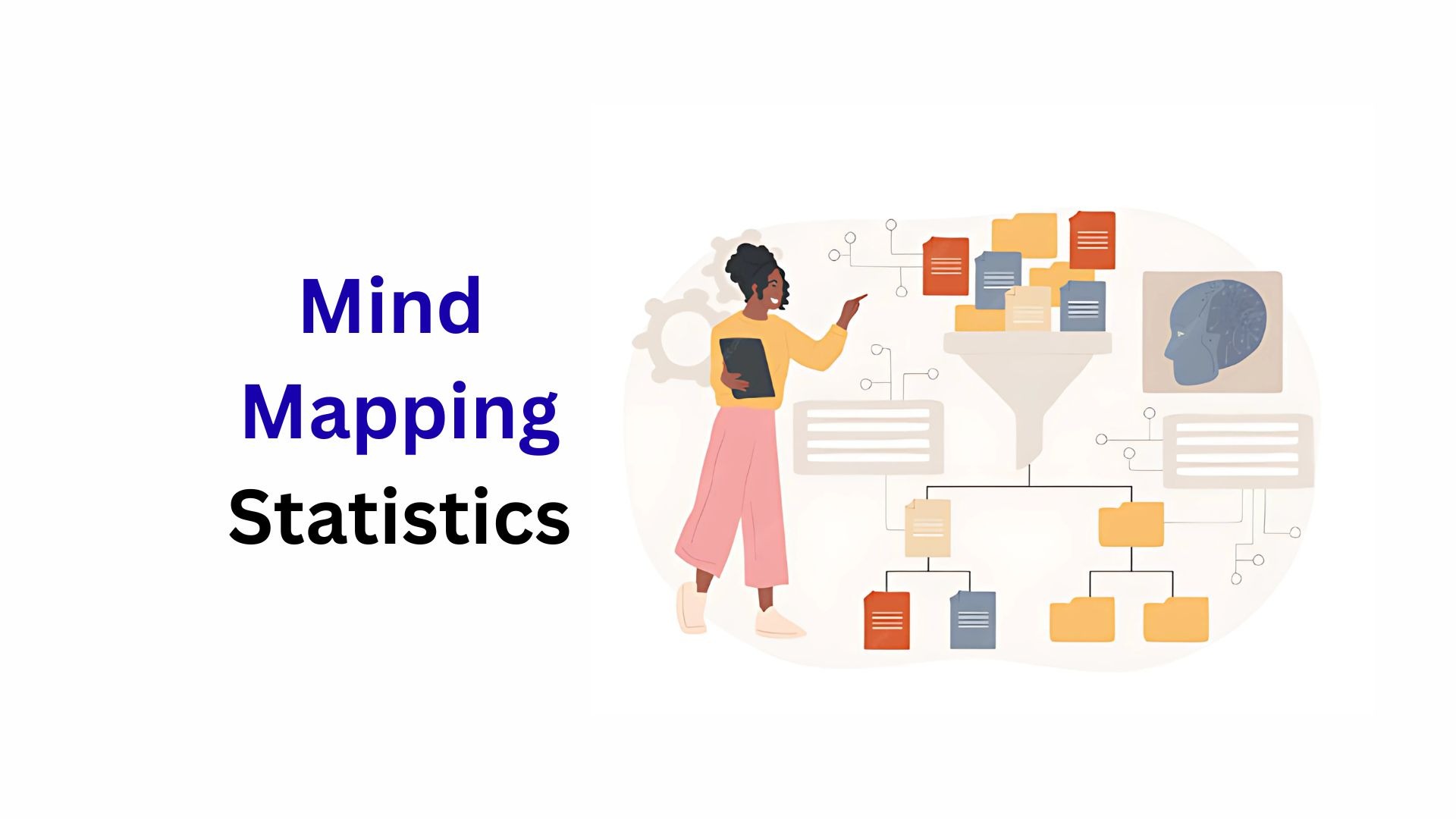
Table of Contents
- Introduction
- Editor’s Choice
- Evolution of Mind Mapping
- General Mind Mapping Statistics
- Essential Characteristics of Mind Mapping
- Mind Mapping Software Market
- Mind Mapping Tools Growth Statistics
- Top Mind Mapping and Visualization Tools – Downloads & Release Data
- Mind Mapping Statistics in Business
- In Education
- Essential Tools for Mind Mapping
- 6 Easy Steps to Make a Mind Mapping
- Pros and Cons of Mind Mapping
- Conclusion
Introduction
Mind Mapping Statistics: Mind mapping is a useful way to take ideas from your mind and put them on paper. It helps you organize thoughts clearly and link concepts in a simple structure, making learning, planning, and problem-solving easier.
Commonly used in schools, workplaces, and creative projects, mind mapping boosts creativity, improves memory, and shows how ideas connect. Whether for studying, brainstorming, or planning work, it turns complicated information into a visual form that is easy to understand.
Editor’s Choice
- According to llcbuddy.com, the study supports Wickramasinghe et al.’s findings, which show the mind map group scored an average of 31.3%.
- Meanwhile, the self-chosen study method group scored 37.6%.
- Researchers also found that mind mapping helped improve retention by 10% to 15% in a study focused on its effectiveness.
- According to the reports of DataIntelo, in 2023, the global market size of mind mapping software accounted for USD 2.5 billion.
- The projected growth rate of mind mapping tools from 2025 to 2026 is expected to reach 180%.
- According to mind mapping expert Chuck Frey, business users say mind mapping has boosted their productivity by about 25%.
- A recent study by Johns Hopkins found that students who use mind mapping can boost their grades by 12%.
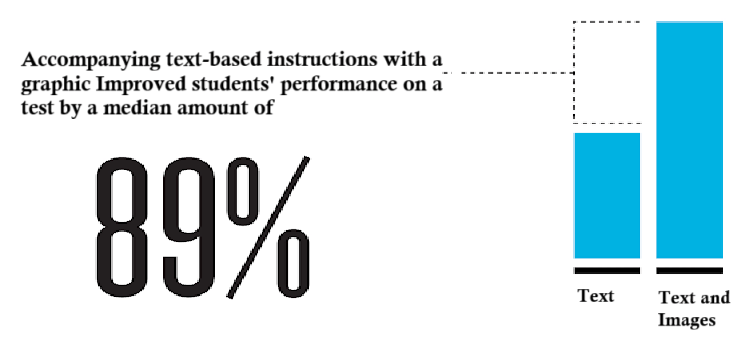
- According to Ruth Colvin Clark and Richard E. Mayer in e-Learning and the Science of Instruction, including images with text increased students’ test scores by an average of 89%.
- Students who scored below 40% with text-only materials improved to about 65% when images were added alongside words.
Evolution of Mind Mapping
The history of mind mapping goes back to the 3rd century when Porphyry of Tyros made drawings that looked like mind maps to show Aristotle’s ideas visually. Later, between 1235 and 1315, the philosopher Ramon Llull used similar methods to organize information. It is also said that Leonardo da Vinci used a simple form of mind mapping to take notes.
No one exactly knows for sure who first invented the mind map. However, Tony Buzan, a psychology expert and writer, is the person most people credit for popularising it. He worked on mind mapping for about 40 years. His book, “The Mind Map Book,” published in 1996, made mind mapping very popular worldwide. Tony Buzan passed away in 2019, but his company still owns the rights to the name ‘Mind Maps.’
General Mind Mapping Statistics
- Ralph Haber’s research, published in the 1970s in Scientific American, showed that people can recognise images with 85% to 95% accuracy.
- In a study by Farrand, Hussain, and Hennessey (2002), it was found that mind mapping improved long-term memory of medical students by 10%.
- According to research reported by TOI in 2009, mind mapping can increase memory by as much as 32%, helping children remember words better than using lists.
- One study by the Mind Mapping Software Blog showed that using mind maps can boost productivity by about 23%, as mentioned in a report shared by LLC Buddy.
- Researchers also found that mind mapping helped improve retention by 10% to 15% in a study focused on its effectiveness.
- Mind mapping can make learning and studying up to 15% more efficient compared to traditional techniques.
- A mind map is a visual tool that displays ideas or tasks connected around a central word or concept, and for those new to analysis, it’s wise to add about 30% extra time.
Essential Characteristics of Mind Mapping
- The central image shows the main idea, topic, or focus clearly.
- Key themes extend outward from the central image as branches.
- Each branch contains a keyword or image placed on its line.
- Smaller, less important topics appear as twigs attached to the relevant branch.
- All branches connect to form a structured, linked network.
Mind Mapping Software Market
- According to the reports of DataIntelo, in 2023, the global market size of mind mapping software accounted for USD 2.5 billion.
- In contrast, the market is estimated to reach up to USD 6.3 billion by the end of 2032.
- The overall market will grow at a CAGR of 10.7% from 2024 to 2032.
- The top companies in the market include OpenGenius, XMind, Coggle, Expert Software Applications, MeisterLabs, and Sauf Pompiers.
Mind Mapping Tools Growth Statistics
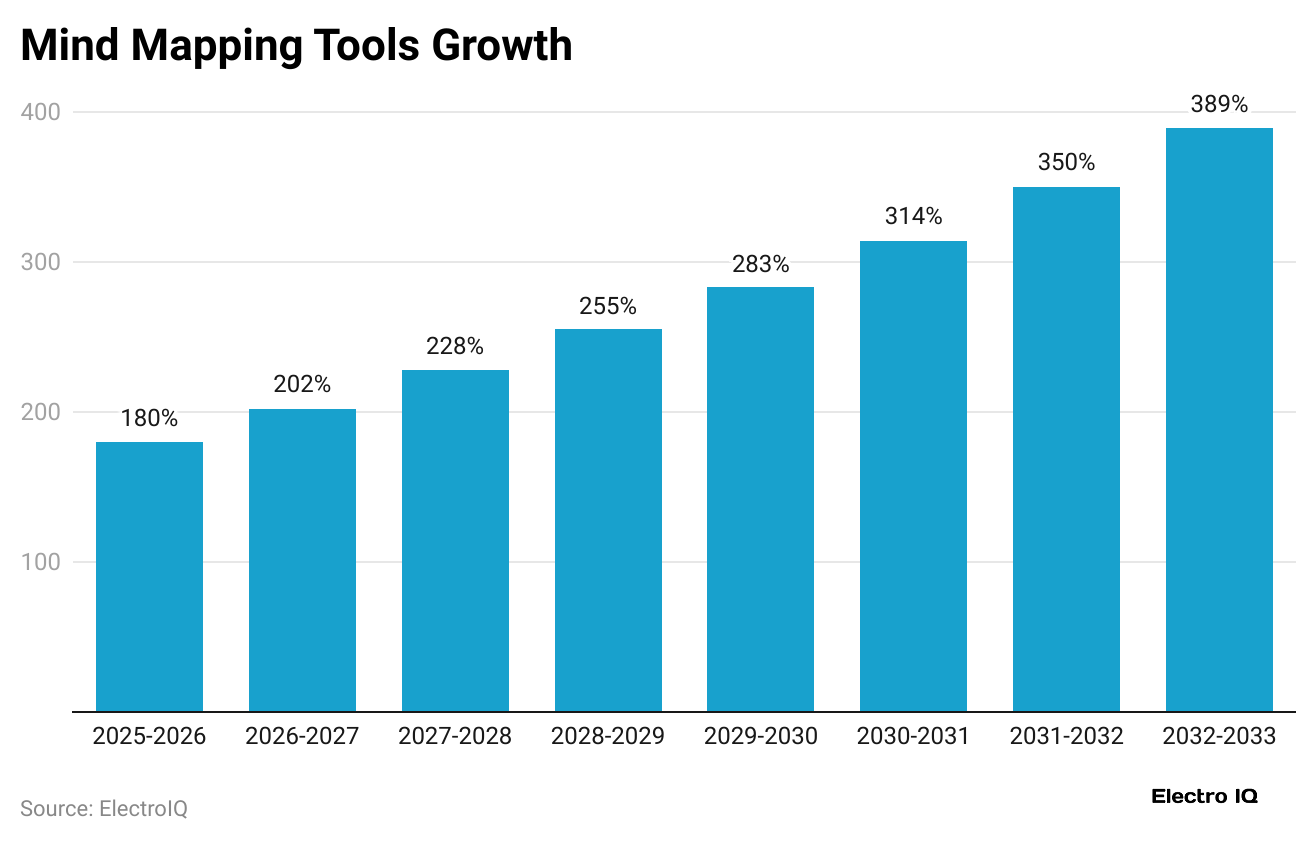
- The above chart shows that the projected growth rate of mind mapping tools from 2025 to 2026 is expected to reach 180%
- By 2026 to 2027, growth rises to 202%, followed by 228% in 2027 to 2028, and 255% in 2028 to 2029
- The upward trend continues with 283% growth forecasted for 2029 to 2030, 314% for 2030 to 2031, and 350% for 2031 to 2032.
- The highest growth rate is projected to reach 389% by 2032 to 2033.
Top Mind Mapping and Visualization Tools – Downloads & Release Data
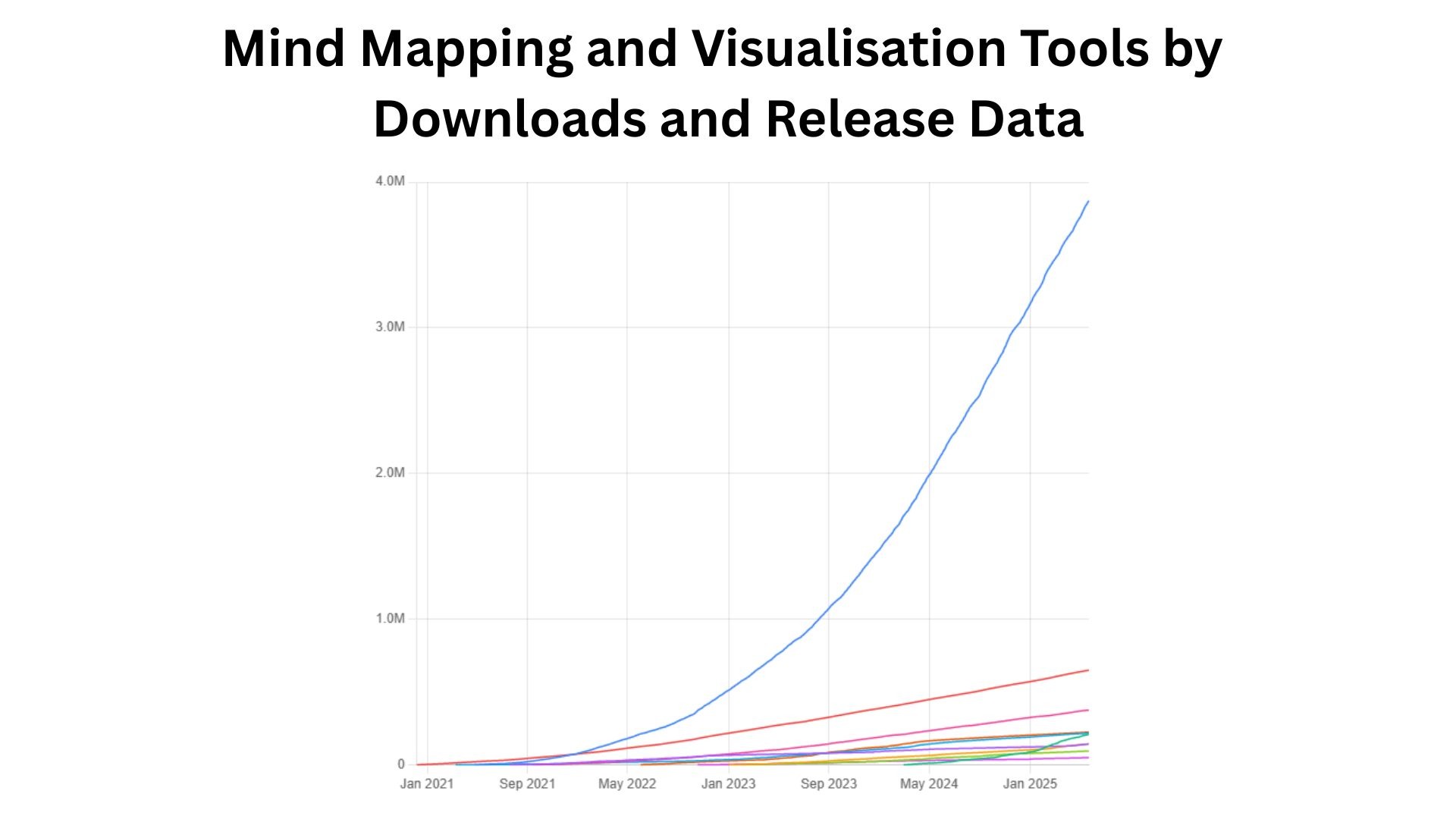
| Names | Released Date | Today’s Download | Total Downloads |
| Advanced Canvas | 2024-02-29 | 1,483 |
211,029 |
|
Canvas Mindmap |
2023-02-01 | 121 | 95,437 |
|
Mermaid Tools |
2023-01-02 | 262 |
144,621 |
| Canvas Mindmap | 2023-02-01 | 121 |
95,437 |
|
Chronology |
2022-10-18 | 107 | 50,635 |
| ExcaliBrain | 2022-06-02 | 169 |
225,461 |
|
Markmind |
2021-09-13 | 215 | 376,264 |
| Leaflet | 2021-03-11 | 186 |
217,932 |
|
Mind Map |
2020-12-07 | 523 |
650,453 |
Mind Mapping Statistics in Business
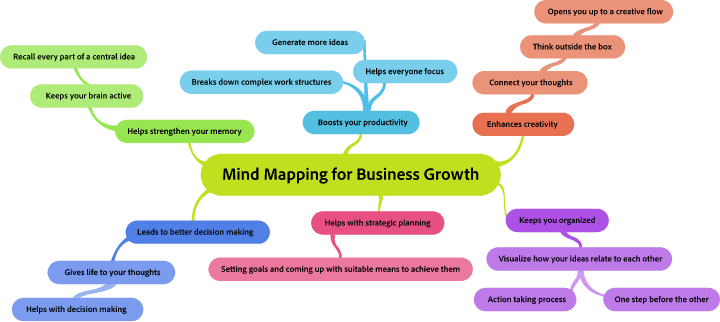
- According to mind mapping expert Chuck Frey, business users say mind mapping has boosted their productivity by about 25%.
- Around 50% of mind mapping fans use it at least partly to manage projects.
- Mind mapping is also used in businesses to boost productivity, to make meetings more effective, simplify creating and reviewing RFPs, provide a clear view of knowledge management, streamline project management, and strengthen teamwork and communication etc.
In Education
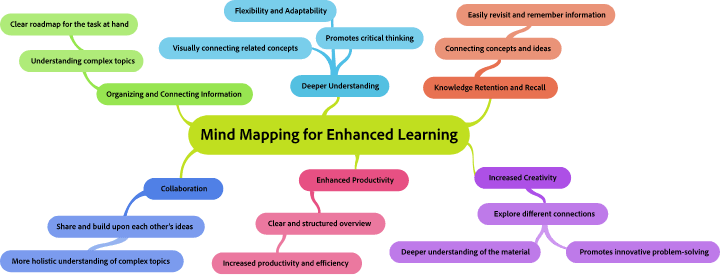
- A recent study by Johns Hopkins found that students who use mind mapping can boost their grades by 12%.
- Mind mapping is great for education because it helps with brainstorming ideas, visualising concepts, developing critical thinking, improving reading and writing, working on research papers or graduate projects, organising written documents, and planning presentations.
- A Wikipedia report found that 80% of students believed mind mapping helped them understand scientific concepts better.
Essential Tools for Mind Mapping
| Tools Name | Ideal For | Key Features |
| MindMeister | Collaborative brainstorming | Cloud-based, real-time collaboration, presentation mode, integration with MeisterTask |
| Coggle | Simplicity & ease of use | Web-based, Google Drive integration, free plan available |
| XMind | Professional use | Clean interface, advanced features, supports various export formats |
| Ayoa | Visual task management | Combines mind mapping with task management, integrates with Google and Zoom |
| MindManager | Business planning | Deep Microsoft Office integration, robust functionality for project management |
6 Easy Steps to Make a Mind Mapping
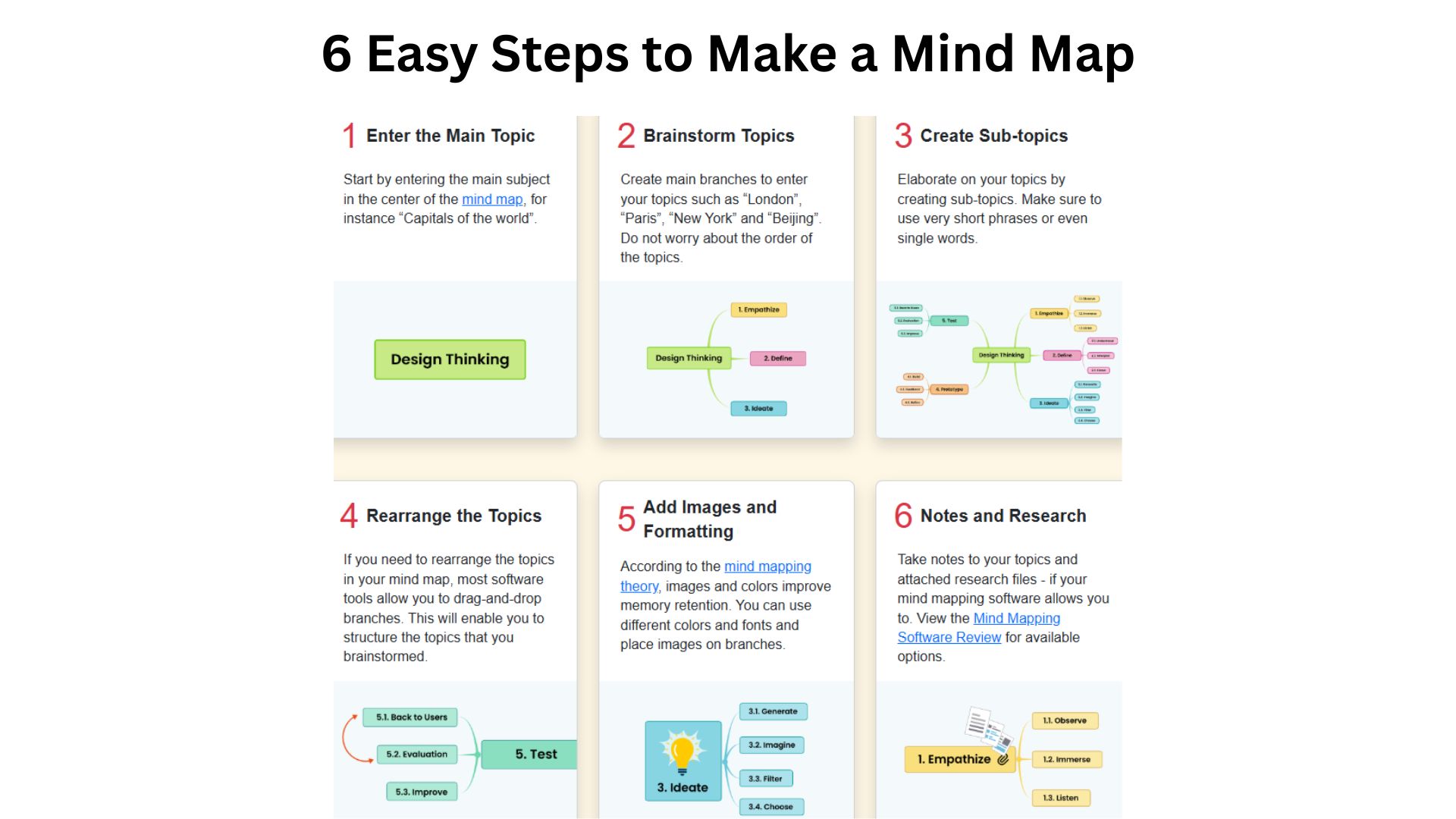
- Step 1:The main topic or idea is placed in the center of the page to keep the mind map focused.
- Step 2: Lines are drawn outward from the center, and they are labelled with the main categories or themes linked to the central idea.
- Step 3: Subtopics, details, or examples are added, branching out from each key theme.
- Step 4: Short keywords or phrases are written on every branch to ensure the map stays clear and easy to understand.
- Step 5: Different colours, symbols, or small images are used to make the mind map more interesting and help organise information visually.
- Step 6: The mind map is reviewed, and any new ideas or connections are added to make it more complete.
Pros and Cons of Mind Mapping
| Pros | Cons |
|
|
Conclusion
To sum up, mind mapping is a useful method for turning complicated information into simple, visual layouts. It helps with learning, planning, and solving problems by organising ideas clearly and showing how concepts connect. This technique improves memory, understanding, and information retention, making it popular in schools, workplaces, and creative projects.
Studies and data show that mind mapping works well in many subjects and activities. It helps students, professionals, and creative thinkers understand ideas more easily, sparks creativity, and supports clearer, more confident decision-making.
Sources
FAQ.
In 1974, Tony Buzan was recognised as the father of mind mapping techniques worldwide.
A central idea, clearly labelled branches for main topics, and keywords or images on each branch are essential for mind mapping.
The main types of mind mapping are concept maps, spider diagrams, flowcharts, hierarchical maps, and bubble maps.

Maitrayee Dey has a background in Electrical Engineering and has worked in various technical roles before transitioning to writing. Specializing in technology and Artificial Intelligence, she has served as an Academic Research Analyst and Freelance Writer, particularly focusing on education and healthcare in Australia. Maitrayee's lifelong passions for writing and painting led her to pursue a full-time writing career. She is also the creator of a cooking YouTube channel, where she shares her culinary adventures. At Smartphone Thoughts, Maitrayee brings her expertise in technology to provide in-depth smartphone reviews and app-related statistics, making complex topics easy to understand for all readers.







